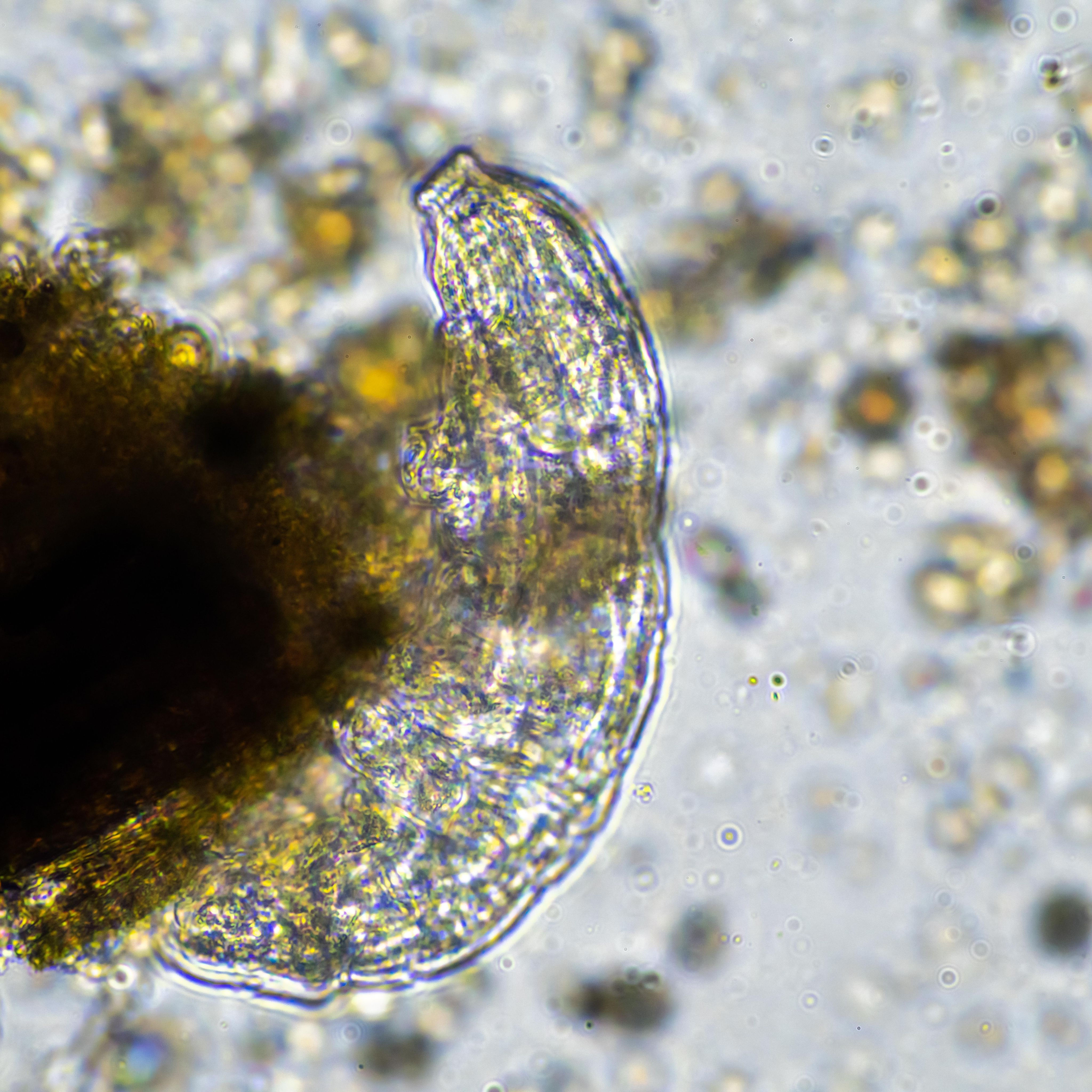
What are Bacteroides fragilis?
Bacteroides fragilis belongs to the genus Bacteroides, also called Bacteroidaceae. This is an anaerobic, gram-negative, pleomorphic rod bacterium that belongs to the normal stool flora. It is responsible for the typical faecal odour, which is due to degradation products . The bacterium cannot form spores, is resistant to bile and reproduces exclusively under oxygen-free conditions.
What are the characteristics of the Bacteroides fragilis pathogen?
The Bacteroides fragilis pathogen is a endospore-forming bacillus that can be both motile and non-motile . The DNA of the pathogen is made up of 40 to 48 percent nitrogenous base cytosine-guanine. In addition, the cell wall contains sphingolipids as well as diaminopimelic acid with additional peptidoglycan. B. fragilis have a short rod shape with variable size. In the catalase test, the pathogen is usually negative, produces no pigment and does not reduce nitrates.
Where do Bacteroides fragili pathogens occur in the human organism?
The pathogens occur in the normal intestinal flora of humans. Thereby Bacteroides fragilis bacteria are mainly found in the large intestine. The colonisation of the pathogen in the human gastrointestinal tract occurs in an early phase of the newborn through the mother, but also through other caregivers with whom the baby interacts. However, the pathogen does not lead to complications, provided the mucosa is intact. However, if the patient's immune system is compromised or the mucosa is injured as a result of surgery , the pathogen can cause infections. An epidemiological study on anaerobic infections from Greece showed that patients who have only recently undergone surgery are more likely to contract an infection caused by B. fragilis pathogens.
Which infections can be caused by Bacteroides fragilis?
infections caused by Bacteroides fragilis are usually mixed infections with aerobes. These include , for example, staphylococci pathogens, which consume oxygen and thus create an optimal environment for Bacteroides fragilis. Since the bacterium is part of the normal flora, the infections caused by the bacterium are so-called endogenous infections. These are infections caused by a pathogen that is part of the patient's flora and break out especially when the body's defences are weakened. This is the case, for example, as a result of an operation or illness. But trauma can also lead to the pathogen entering the bloodstream or the surrounding tissue. The latest studies also assume that the B. fragilis pathogen can also cause an infection through gynaecological operations and births. Therefore patients undergoing gynaecological or gastrointestinal operations are usually given metronidazole as prophylaxis. Although resistance to the pathogen is a cause for concern, metronidazole resistance is unfounded so far.
Should the Bacteroides fragilis pathogen enter the bloodstream or the surrounding tissue of the intestinal flora, it can lead to the following diseases:
- Perforation infection,
- Wound infections, which can occur with necrotising abscesses,
- Appendicitis (inflammation of the appendix),
- Peritonitis,
- Retroperitoneal abscesses,
- Bloodstream invasion, which can lead to blood poisoning (sepsis).
How is an infection caused by Bacteroides fragilis pathogens diagnosed?
An infection caused by the Bacteroides fragilis pathogen can be diagnosed, for example, by direct cultural pathogen detection. For this, it is important that the patient sample is kept under oxygen-free conditions and analysed, as the Bacteroides fragilis would otherwise die. In addition, gas chromatography can be performed for diagnosis, to detect organic acids. These acids are the end product of metabolic activity caused by the Bacteroides fragilis pathogen . If the bacterium is detected by a Gram stain , the pathogen shows negative behaviour.
How is an infection caused by Bacteroides fragilis pathogens treated?
If necrotising abscesses develop due to an infection with the pathogen, these must be surgically divided. The Bacteroides fragilis can be treated by oxygen supply and an additional drainage. If the pathogen has perforated organs , closure or drainage is necessary. The bacterium can be treated pharmaceutically by the following agents , which are usually used for infections caused by anaerobes:
- Metronidazole,
- Clindamycin,
- Cephalosporins: cefoxitin and cefotetan have proved particularly effective,
- Carbapenems,
- Beta-lactamase-resistant,
- Penicillins, which can also be administered in combination with beta-lactamase inhibitors or clavulanic acid,
- Piperacillin
Depending on the site of infection, the choice of antibiotic varies. Newer drugs include the fluorocycline antibiotic, eravacycline, or the antibiotic, tazobactam/ceftolozane. For the latter, there are study results from Japan in combination with metronidazole. The drugs showed a good response to the Bacteroides fragilis pathogen.
What is the prognosis after an infection caused by Bacteroides fragilis?
The Bacteroides fragilis pathogen can cause bacteraemia (presence of bacteria in the bloodstream) if left untreated. In 30.7 percent of all cases, bacteraemia always leads to mortality of the patient. However, even after treatment, the risk of bacteraemia mortality is still 19 percent. In addition, studies have shown that the bacterial flora in the colon can play an important role in the development of colorectal cancer. Patients who suffer from an infection caused by Bacterioides fragilis pathogens also have a higher risk of developing colorectal cancer. Another cause for concern is the development of infections caused by multi-resistant B. fragilis pathogens, which make treatment and complete recovery of the patient more difficult .
